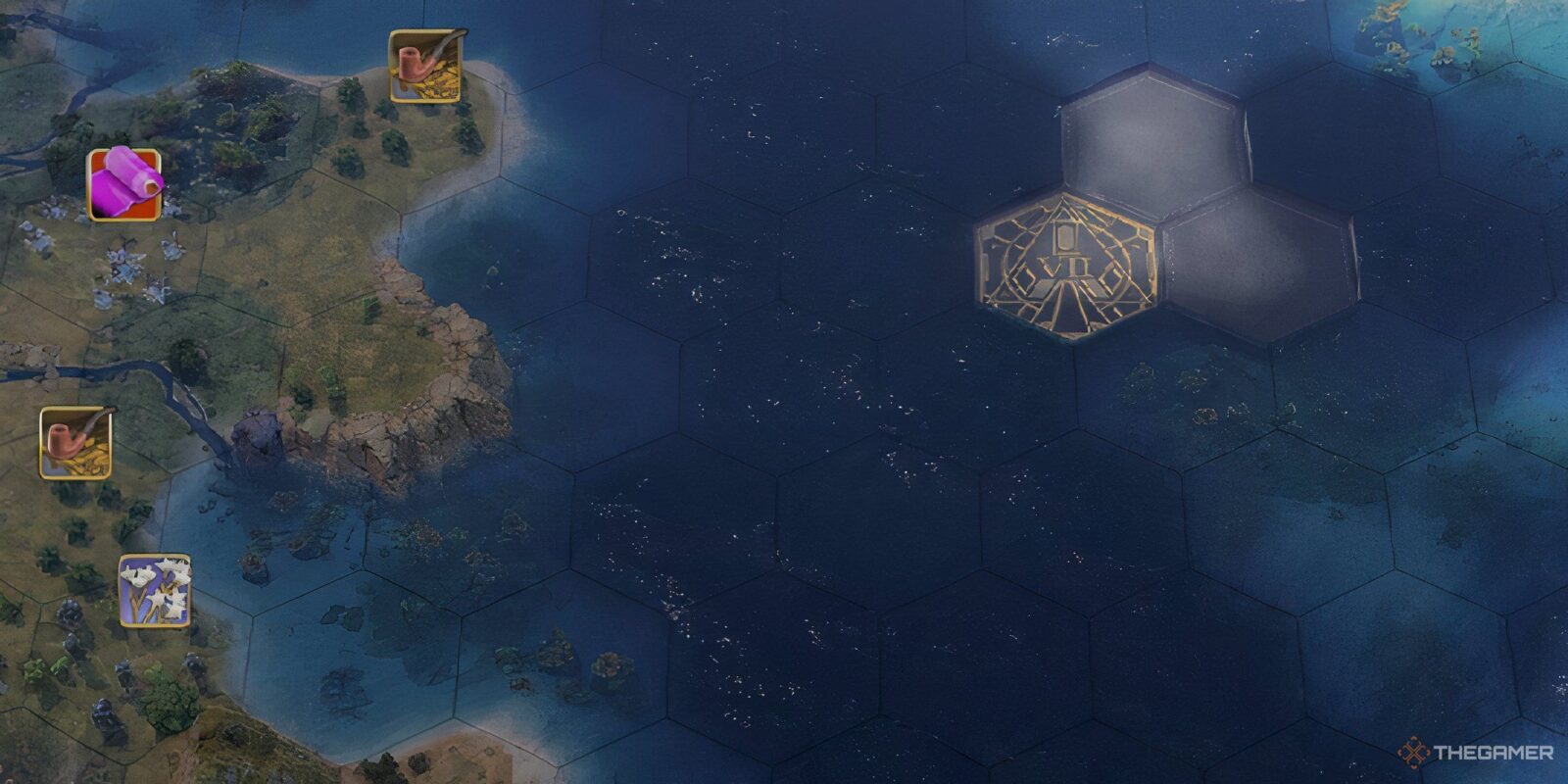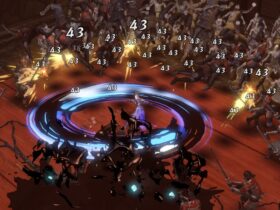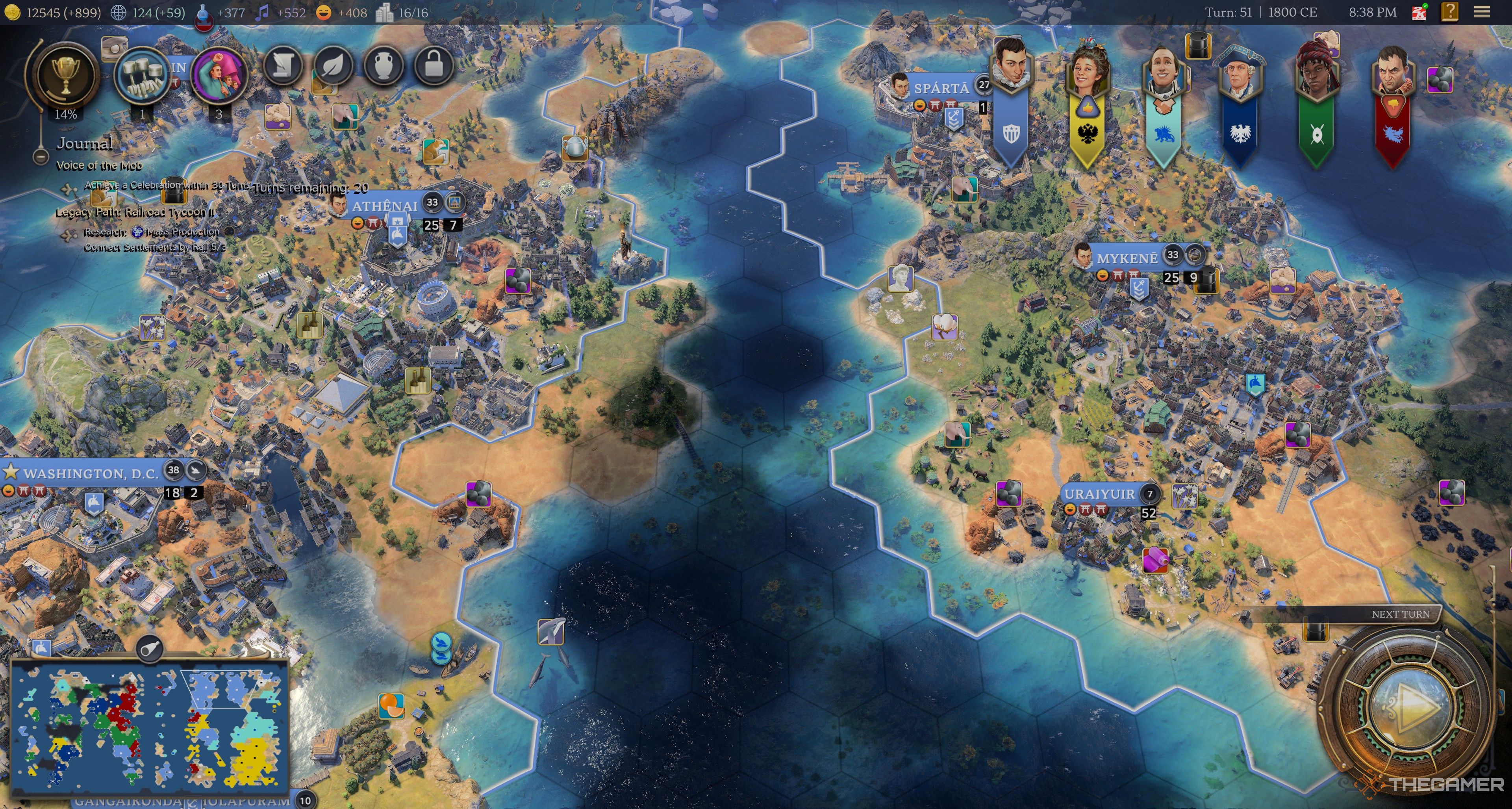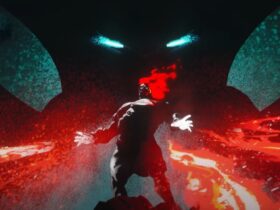Past Civilizations have featured well over a dozen or more map types by the end of their “lifespans”. At launch, they’ve had fewer by contrast, though in Civilization 7‘s case, the starting roster is particularly slim. Unfortunately, at least as of this writing, the game doesn’t really provide any explanation as to what each of these actually do.

Related
Civilization 7: 8 Best Leaders For A Domination Victory
Take over the world with these Civilization 7 leaders.
Needless to say, we reckon some players are going to be searching online for answers. While “Continents” is pretty clear, the rest aren’t necessarily what you may think they are… and “Terra Incognita” in particular took us some time to figure out. Here’s every map type in Civ 7, explained!
All Maps In Civilization 7, Explained
Continents Plus
The “default” map type option in Civilization 7, Continents Plus includes a pair of large landmasses as well as a few islands near each one. In our experience, this can also include a handful of islands scattered about the central ocean as well.
We recommend getting your start on Civ 7 with Continents Plus, as it’s the type that developer Firaxis opted to present to us when no settings are tweaked. Continents Plus also works better with the Treasure Fleet Legacy Path conditions during the Exploration Age.
Continents
By contrast, Continents contains no islands. This reduces its efficacy for Treasure Fleets, as all ‘Distant Lands’ resources will be situated on the opposite continent from where you started.
Now, this does happen to some extent even on Continents Plus, but it can be particularly rough with no islands involved. For that purpose, as well as a general blandness to it all, we aren’t big fans of Continents.
Archipelago
If you want your game to involve more naval warfare than land-based, Archipelago is your best choice. It’s also the strongest overall map type for more coastal-centric civs.
That said, it might not be what you’re envisioning while reading this guide. You’ll still find two larger landmasses, much like the dual Continents types. The difference here is that a sizable portion of each landmass is fractured into many pieces, producing an exceedingly high number of islands.
If it helps, think of Archipelago as Continents Plus Plus.
Terra Incognita
This one took us ages to figure out, only to later learn that the developers had clarified things a bit during a streaming broadcast. Terra Incognita mixes one large landmass with a second half of the map that has more variables applied.
If that’s word soup, let’s put it this way instead: you’ll get a continent, and then you’ll get something in-between another continent, an archipelago-esque continent, or even a randomized mesh of them both.
Fractal
Fractal is a favorite of ours in Civilizations 5 and 6, and it might still be our favorite in Civ 7. In practice, it appears to be the only map type included at launch that addresses Civilization 7’s odd tendency to spawn bizarrely square landmasses.
Instead, Fractal offers more realistic landmasses. Whether that was intentional or otherwise, it’s our favorite map type at the moment for this reason.
In any case, Fractal shares a bit in common with Terra Incognita: you’re likelier to find a wider assortment of islands via Fractal than Continents/Continents Plus, but it’s not so extreme as Archipelago. Meanwhile, the continents in Fractal will often sport snakelike passages and outcroppings through their continents. It is, plainly put, a more believable – if eccentric – view of the world.
Shuffle
As the name (sort of) implies, Shuffle generates one of the above types without telling you ahead of time what it is that you’re getting. We suppose this is perfect if you want to be surprised as you explore, though if you’ve experienced the other types, there’s a good chance you’ll see where things are going reasonably early on.













Leave a Reply